The Hmong’s historical origin is uncertain. The first evidence of their existence goes back to 2700 B.C. with descriptions of their life in China. Their legends and folklore point to probable origins in Mesopotamia. From there, they migrated progressively through Russia and Mongolia to mainland China.
Later the Hmong people had to move on toward South China’s mountain regions, Vietnam, Laos, and Thailand. The Chinese call them “Miao,” a name given to people belonging to immigrant minorities. They call themselves “highlanders.”
In the 19th century, the Hmong settled in the mountainous region of Laos where they were farm workers—first for the Chinese, later for the French.
Artistic Talents
Despite their many migrations and the influences from the different countries that they were governed by, the Hmong always preserved their customs, culture, and art. They have performed the same songs and ceremonies down the ages, but they are particularly known for their artistic skillfulness. Hmong embroiderers would embroider traditional symbols carrying cosmological and religious meanings on each and every accessory and piece of clothing.
Today, Hmong women continue to master several techniques. One of them consists in overlapping pieces of fabric. They use geometrical designs, drawing from nature (for example, snails and elephants), mythology (dragon scales, labyrinths, stars), and objects used in daily life (fishing poles, wheels). Some patterns’ meaning is still unclear to today’s researchers.
Another technique is called “batik.” A cloth is weaved by the women, using a thread made out of plant fibers. Wax is then used to draw the desired shapes. Then they color the fabric with a dye prepared with the indigo plant. The last step in the process is to remove the wax: the patterns come out white on a background color of their choice. The technique is usually transmitted to the wife, after the wedding, by her mother-in-law.
NEXT - Figurative Drawing
Figurative Drawing
Life for the Hmong changed in Laos after the French occupation. At first, it provoked many revolts on the Hmong’s part. But little by little, cooperation increased, and the Hmong were entrusted with responsibilities in the French Army and were given some social status. It is at this time that their oral language appears in a written form.
In 1954, the French occupation in Indochina was over, and a civil war broke out in Laos between the Loyalists and Communists. In 1961, the Americans fighting in the Vietnam War asked the Hmong to fight along with them against the region’s Communists.
After the war was over, the Americans left the region, and the Communists took over power in Laos. Thousands of Hmong men became refugees in their own country. Some attempted to return to their village, while others fled to Thailand.
In Laos, still today, Hmong men are persecuted and suffer from discrimination. Those who arrived in Thailand were locked up in refugee camps.
It is in these refugee camps that a new and original figurative style appeared. The Hmong women started to illustrate their life as refugees in embroidery pieces. Every piece created is a personal testimony and signed with the embroiderer’s name.
In this way, the collective and cultural history of the Hmong is transmitted through personal stories. In the late 1970s, the designs were embroidered spontaneously, following the need to immortalize daily life in the camps, but also experiences—difficult or pleasant.
In the 1980s, the patterns became more elaborate and were drawn on the fabric before being embroidered. Later on, a cohesive link was created between the different illustrated scenes.
The figurative style was developed on one hand in order to preserve the Hmong identity and culture, and on the other hand, to tell the world about the destiny of the Hmong people from Laos.
An important creative dynamic has appeared in the last few years: tourism. The art created by the Hmong is their main source of income, and with this the status of the Hmong women changes, thanks to their art.
Today, a large Hmong population has immigrated to the United States and to France, but many in the Laos region still experience a life of discrimination and exclusion.
According to Kao-Ly Yang, a Hmong doctor of anthropology, on the Hmong Global Community Web Directory website, “Wherever countries we may live either in the East, in the Southeast or in the West, whatever word we may use to call ourselves, either ‘Miao,’ ‘Hmong’ (Hmoob), ‘Mong’ (Moob), or ‘Méo,’ we all shall remember and cherish our common cultural heritage made of sub-cultures and of diverse dialects, and the fragments of our history that we have kept in memory.”

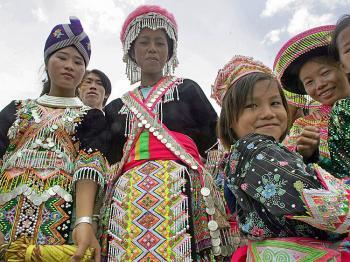
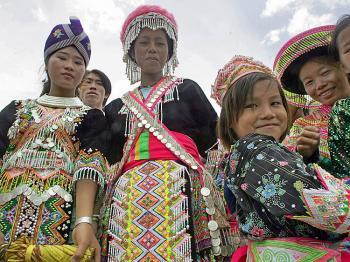
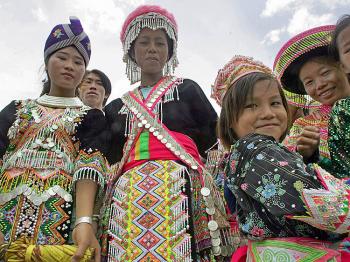
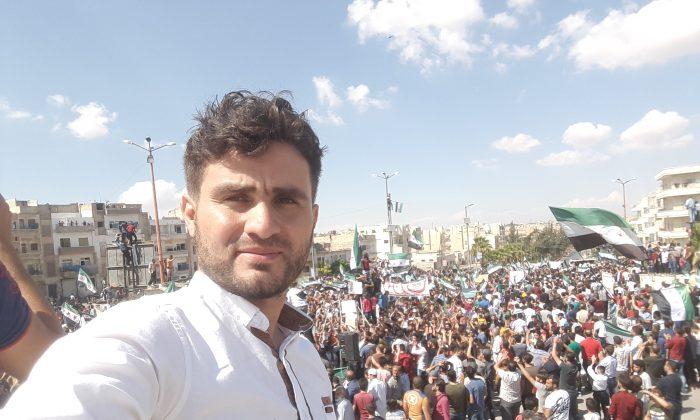

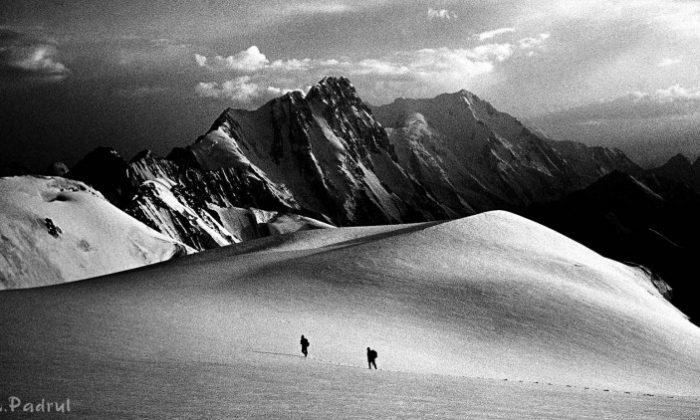
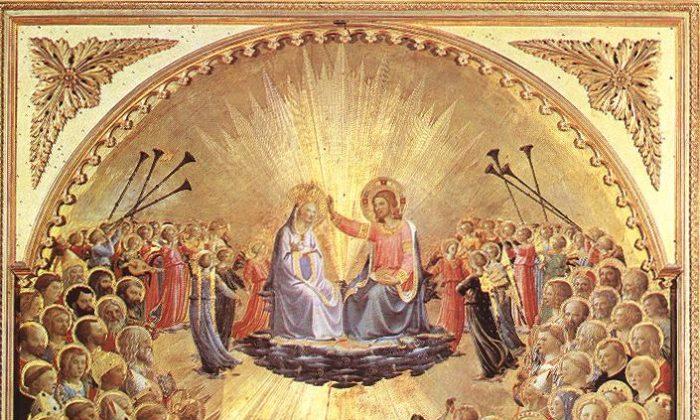
Friends Read Free